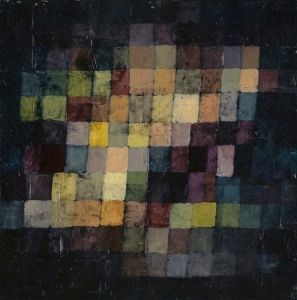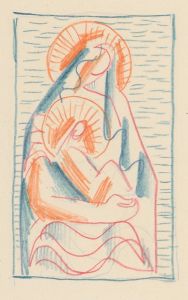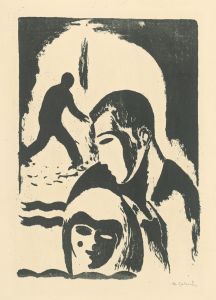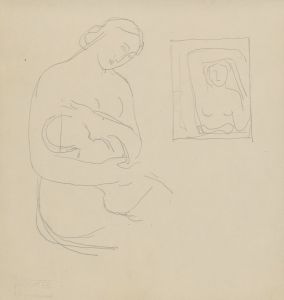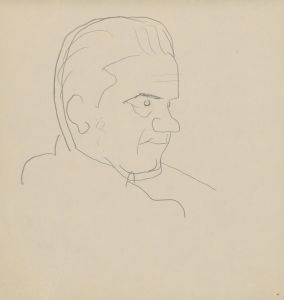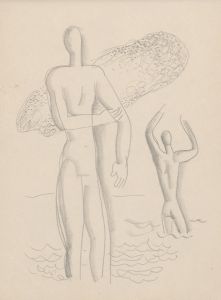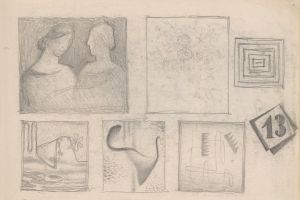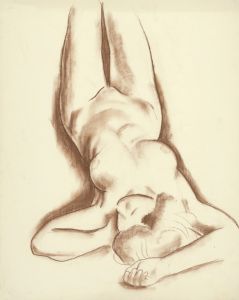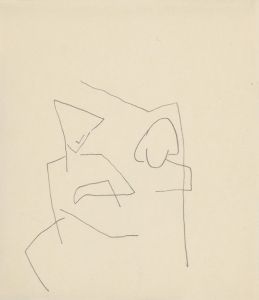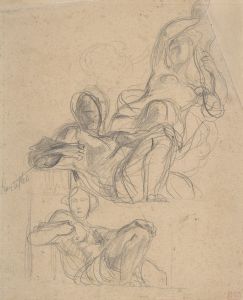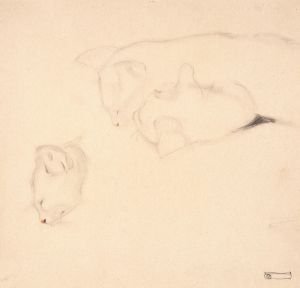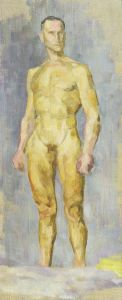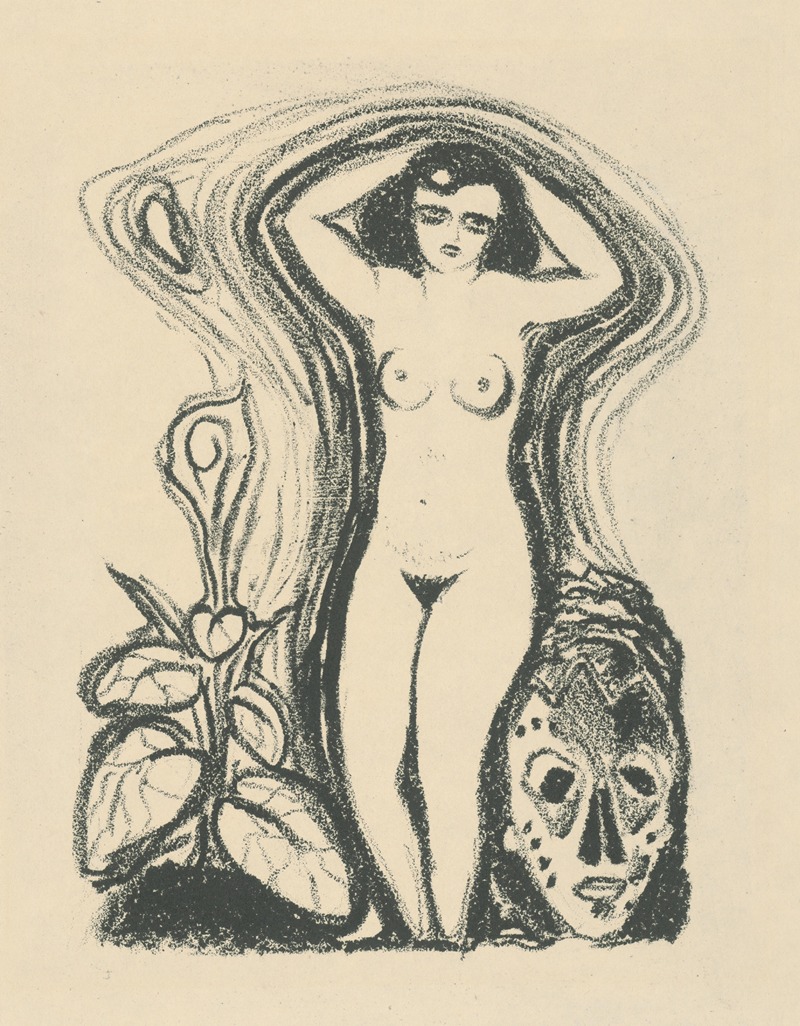
Žena a maska
A hand-painted replica of Mikuláš Galanda’s masterpiece Žena a maska, meticulously crafted by professional artists to capture the true essence of the original. Each piece is created with museum-quality canvas and rare mineral pigments, carefully painted by experienced artists with delicate brushstrokes and rich, layered colors to perfectly recreate the texture of the original artwork. Unlike machine-printed reproductions, this hand-painted version brings the painting to life, infused with the artist’s emotions and skill in every stroke. Whether for personal collection or home decoration, it instantly elevates the artistic atmosphere of any space.
Mikuláš Galanda was a prominent Slovak painter, graphic artist, and illustrator, known for his significant contributions to modern Slovak art in the early 20th century. One of his notable works is "Žena a maska" (translated as "Woman and Mask"), which exemplifies his unique style and thematic interests.
Galanda was born on May 4, 1895, in Turčianske Teplice, then part of the Austro-Hungarian Empire. He studied at the Academy of Fine Arts in Budapest and later at the Academy of Fine Arts in Prague, where he was influenced by contemporary European art movements, including Expressionism and Cubism. These influences are evident in his work, which often features bold colors, dynamic compositions, and a focus on the human figure.
"Žena a maska" is a painting that reflects Galanda's interest in the interplay between reality and illusion, a theme that recurs in much of his work. The painting depicts a woman alongside a mask, inviting interpretations related to identity, duality, and the nature of self-perception. The use of the mask as a motif can be seen as a metaphor for the roles people play in society and the facades they present to the world.
Galanda's style in "Žena a maska" is characterized by a synthesis of modernist techniques and traditional Slovak motifs. He often incorporated elements of folk art into his work, blending them with the avant-garde styles he encountered during his studies. This fusion is evident in the way he handles form and color, creating a composition that is both modern and rooted in Slovak cultural identity.
Throughout his career, Galanda was an active participant in the Slovak art scene. He was a member of the "Generation of 1909," a group of Slovak artists who sought to bring modernist ideas to Slovak art. He also contributed to the founding of the "Súkromná škola umeleckých remesiel" (Private School of Artistic Crafts) in Bratislava, which played a crucial role in the development of Slovak modern art.
Galanda's work, including "Žena a maska," is noted for its emotional depth and exploration of complex themes. His paintings often convey a sense of introspection and psychological insight, reflecting his interest in the human condition. The use of masks in his work can be seen as a commentary on the multifaceted nature of identity and the ways in which individuals navigate their social environments.
Despite his relatively short life—he died on June 5, 1938, at the age of 43—Galanda left a lasting impact on Slovak art. His innovative approach and dedication to exploring new artistic possibilities have made him a key figure in the history of Slovak modernism. "Žena a maska" remains an important work within his oeuvre, exemplifying his ability to blend modernist techniques with traditional themes to create art that is both visually striking and intellectually engaging.
Today, Mikuláš Galanda is celebrated as one of Slovakia's most important artists, and his works are held in high regard by art historians and collectors alike. His paintings, including "Žena a maska," continue to be studied and appreciated for their contribution to the development of modern art in Slovakia and their exploration of universal themes related to identity and perception.





